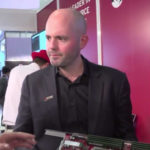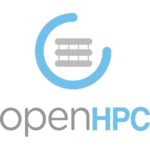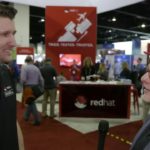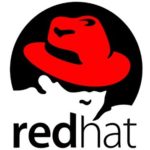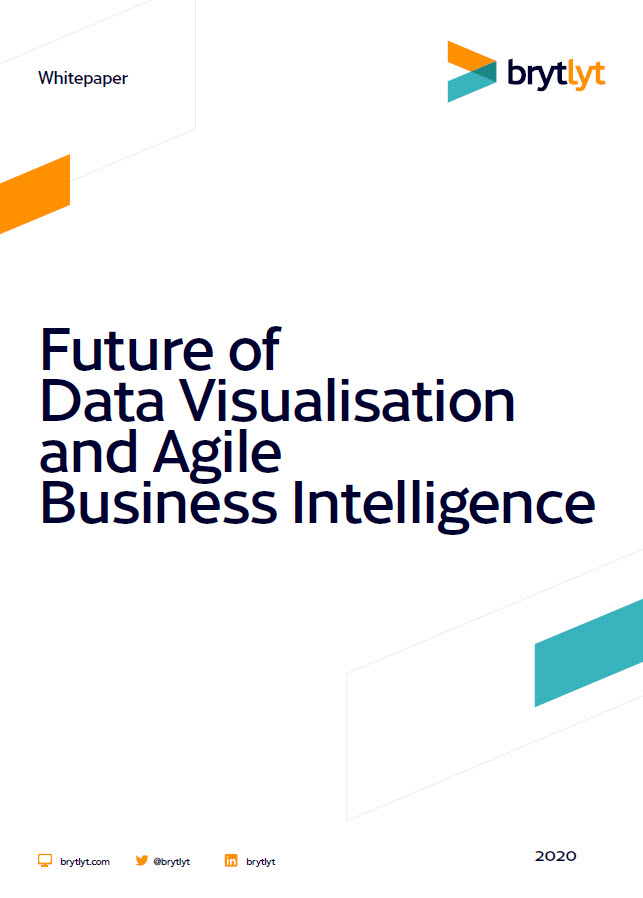“The first version of the OpenMP application programming interface (API) was published in October 1997. In the 20 years since then, the OpenMP API and the slightly older MPI have become the two stable programming models that high-performance parallel codes rely on. MPI handles the message passing aspects and allows code to scale out to significant numbers of nodes, while the OpenMP API allows programmers to write portable code to exploit the multiple cores and accelerators in modern machines.”
Video: Women and Open Source
“Women are becoming a driving force in the open source community as the industry becomes more diverse and inclusive. However, a recent study found that only 3% of contributors in open source were women. As a community of women at Red Hat, we want to not only highlight how we contribute, but also inspire others to contribute. In the spirit of diversity, this panel will include women from different departments at Red Hat—including marketing, management, sales, consulting, and engineering—sharing the unique ways we help grow the open source community.”
Exploiting Modern Microarchitectures: Meltdown, Spectre, and other Attacks
Jon Masters from Red Hat gave this Keynote at FOSDEM 2018. “Recently disclosed vulnerabilities against modern high performance computer microarchitectures known as ‘Meltdown’ and ‘Spectre’ are among an emerging wave of hardware-focused attacks. This talk will describe several of these attacks, how they can be mitigated, and generally what we can do as an industry to bring performance without trading security.”
Video: OpenHPC Introduction
Adrian Reber from Red Hat gave this talk at DefConf 2018. “Software provisioning is a common task repeated at many high performance computing sites to provide the local users with scientific applications and libraries. As the effort to compile HPC software is known to be duplicated by many HPC sites, the idea to collaborate in a community led to the creation of the OpenHPC project. In this talk I want to provide an introduction to OpenHPC, its community efforts and how it can help HPC sites.”
Red Hat steps up to POWER9 for HPC
In this video from SC17 in Denver, Dan McGuan from Red Hat describes the company’s Multi-Architecture HPC capabilities with the Power9 architecture. “Red Hat and IBM have a long history of collaborating on Linux, going back more than 18 years. We laid the groundwork for supporting POWER9 processors several years ago and continue to collaborate with IBM to enable broader architecture support for IBM Power Systems across Red Hat’s portfolio.”
Video: Red Hat Showcases ARM Support for HPC at SC17
In this video from SC17, Jon Masters from Red Hat describes the company’s Multi-Architecture HPC capabilities, including the new ARM-powered Apollo 70 server from HPE. “At SC17, you will also have an opportunity to see the power and flexibility of Red Hat Enterprise Linux across multiple architectures, including Arm v8-A, x86_64 and IBM POWER Little Endian.”
Panel Looks at ARM’s Advance towards HPC
In this video from the ARM Research Summit, industry thought leaders discuss the challenges, opportunities, and technical hurdles for the ARM architecture to thrive in the HPC market. “The panel will focus on Arm in HPC, Software & Hardware differentiation and direction for exascale and beyond, thoughts on accelerators, and more!”
Moving Toward the Cloud & Seamless HPC
This is the fifth and final entry in an insideHPC series that explores the HPC transition to the cloud and how this move can help create seamless HPC. This series, compiled in a complete Guide, covers cloud computing for HPC, why the OS is important, OpenStack fundamentals and more.
Red Hat Ceph Storage Powers Research at the University of Alabama at Birmingham
On June 6, Red Hat announced that the University of Alabama at Birmingham (UAB) is using Red Hat Ceph Storage to support the growing needs of its research community. UAB selected Red Hat Ceph Storage because it offers researchers a flexible platform that can accommodate the vast amounts of data necessary to support future innovation and discovery. “UAB is a leader in computational research, with more than $500 million in annual research expenditures in areas including engineering, statistical genetics, genomics and next-generation gene sequencing,” said Curtis A. Carver Jr., VP and CIO at UAB. “Researchers and students aggregate, analyze, and store massive amounts of data, which is used to support groundbreaking medical discoveries from new cancer biomarkers to state-of-the-art magnetic resonance imaging techniques.”
Red Hat Showcases ThunderX 2 Development Platform for HPC
In this video, Jon Masters from Red Hat describes the company’s multi-architecture solutions that were on display at ISC 2017. “Developing new and adapting existing highly scalable applications to take advantage of the new technological advances across multiple deployment domains is the greatest challenge facing HPC sites. This is where the operating system can provide a unified interface to the underlying hardware and interconnects and serve as a foundation for modular and standardized application stacks that take advantage of enhanced system capabilities.”



